Red tide: what is it and why does it occur?
Since September 2020 there is a ban on the Pacific coast of Costa Rica for the extraction and commercialization of molluscs, due to the presence of red tides.
The Center for Research in Microscopic Structures (CIEMIC) of the University of Costa Rica is researching and discovering information about the microorganisms that are causing red tides in Costa Rica today.
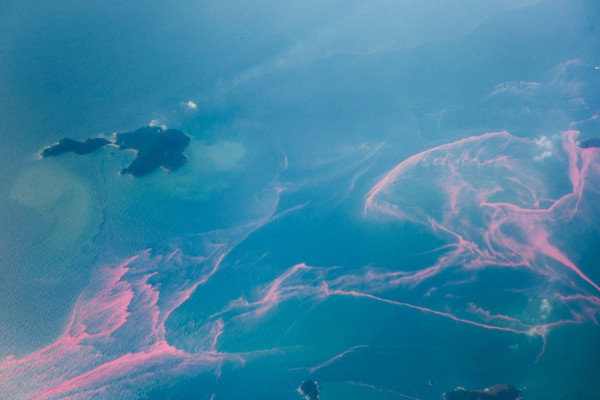
Micro algae bloom
Red tides consist of a proliferation of aquatic microalgae observable that at first sight appear as a red stain in the sea.
Said algae, with a different color than normal.
The term tide comes from the fact that this spot moves with the tides, its movement clearly visible during the day.
This, of course, depends on the speed of the wind and the direction that the waters carry.
You can observe microalgae through a microscope because they are tiny organisms.
Some of these microorganisms contain toxins that, of course, are harmful to humans and other animals.
They can even lead to the extreme of death.
Microalgae, due to their high concentrations, cause mortality of marine species due to low oxygen levels.
They also cause stains on the surface
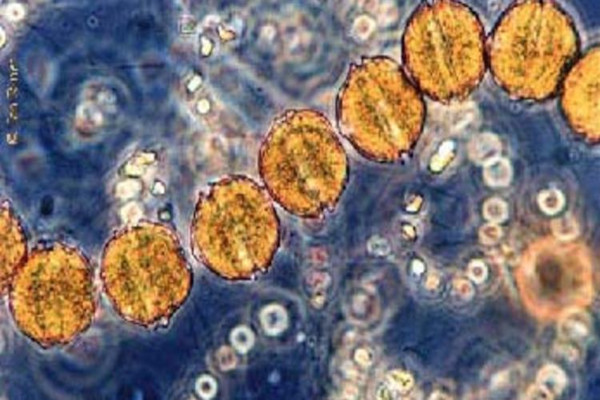
What do the UCR scientists say?
In the investigations carried out by UCR scientists on the coasts of the country, it was determined that, in the spots observed particularly in September 2020, there was the presence of a dinoflagellate, whose pigments turn the water brown.
With its powerful high-resolution electron microscopes for the analysis of samples, including seawater, the possible presence of harmful microalgae that generate red tides in the Pacific was identified.
If you want to know more about the UCR click here
Why do red tides occur?
For there to be a proliferation of marine microalgae, various climatic factors, such as wind, rain and temperature, influence.
Researchers observed various species of phytoplankton are grouped together forming very high agglomerations in a certain marine area.
This is usually caused by microalgae that have adapted their survival by displacing other organisms in the water.
Sometimes excreting toxins into the air or into the water itself.
This phenomenon makes it impossible for other microorganisms to approach the area to feed, which is why an algal bloom or red tide occurs.
There are also indications that ocean acidification, due to changes in marine ecosystems, has effects in increasing red tides, although this is still under investigation.
Other effects observed as a result of red tides is that the toxins affect the skin and gills of the fish, causing their death.
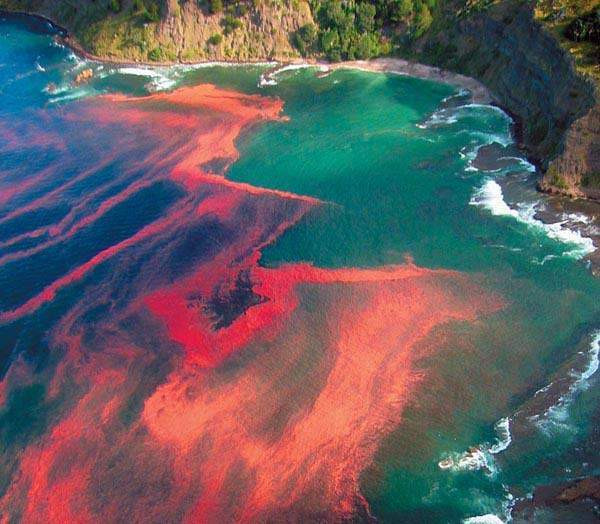
Why is it called red tide?
Due to the pigments that some of these microorganisms have, in general, the high concentration of algae manages to dye the water a reddish hue that characterizes it.
Some red tides produce foam on the coast and sometimes they have an odor.
How can we get intoxicated?
A direct way of possible poisoning is by consuming molluscs as part of our food menu, since microalgae are the food of these marine animals.
The toxins they possess accumulate in them, and when we consume them we get sick due to the accumulation of this substance.
In the event of symptoms of intoxication or the presence of any toxic substance, no one can extract bivalve molluscs, such as chuchecas, clams, oysters and mussels, for a certain time.
In this year 2022, mainly on the Mexican coasts, there were presence of red tides , which obligated people to take precautions, in order to avoid poisoning due to the consumption of contaminated seafood.
It happen also on Salvadoran coasts.
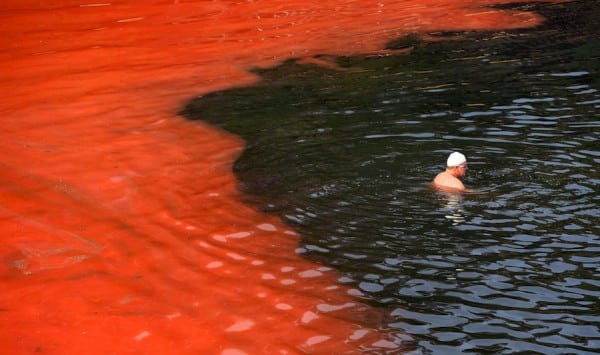
Preventive Measure in Costa Rica
In Costa Rica, the National Animal Health Service (SENASA) of the Ministry of Agriculture and Livestock earlier this year declared a ban on the Pacific coast for the extraction and sale of bivalve molluscs as a preventive health measure.
(For example mussels, clams, oysters, among others) both farmed and wild.
This is due to the fact that the latest sampling and analysis carried out by the National University (UNA) in water samples taken from the Gulf of Nicoya reported high concentrations of toxic microalgae.
How long does the red tide last?
Since last October 2021, it has become common to see red spots in the sea on Guanacaste beaches.
This phenomenon known as red tide, although it is common to occur between December and March, it is not usual for it to last for so long continuously.
Records indicate that the last times this phenomenon lasted so long was in 2005 and between 2009 and 2010. At that time, it severely affected the corals of Guanacaste.
There are also reports of neighboring beaches such as Playas del Coco, Hermosa, Panama and others in the North Pacific.
There are reports of a large number of dead sea urchins on the shores of these places.
What we do know is that a red tide does not have a fixed duration.
This could go away in a few days, or even last for weeks or months.
Can you swim or dive with red tide?
According to the person in charge of the collection center of the Chamber of Fishermen of Guanacaste, the main affectation that this phenomenon has caused to the fishermen has been the difficulty of fishing for octopus.
That animal and the lobster are the species that people want to fish the most, in order to commercialize.
The technique they use is diving, and the red spot makes it difficult for fishermen to have good visibility under water, which has caused the octopus to come out in smaller numbers than in previous years.
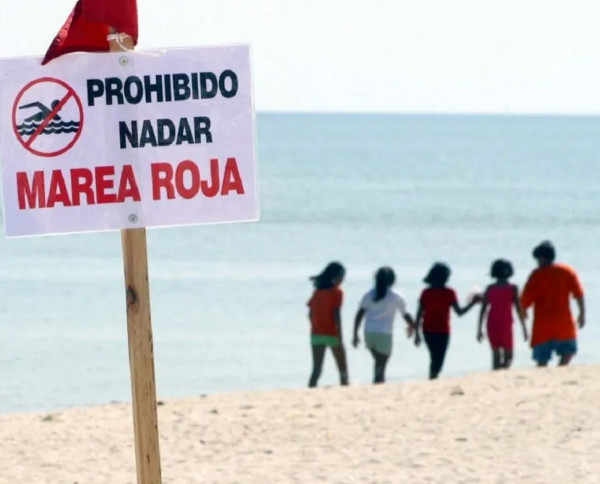
A matter of caution
There are weeks, there are months where the divers cannot go out at all.
You can’t dive. The water is so thick that you can’t see the product, that’s the explanation.
As a matter of precaution, it is better to choose areas free of red tide for swimming or diving.
The reason is that the ingestion of contaminated water can cause intoxication.
Summary – Red Tide
In summary, the red tide is a phenomenon that occurs when microalgae called dinoflagellates, which are invisible to the human eye, carry out the process of photosynthesis.
(The metabolic process by which some organisms convert carbon dioxide into oxygen.)
Under certain conditions of fertilization, carbon dioxide, oxygen and water, microalgae begin to grow.
That is the reason why people get to see a red stain in the water, which prevents other marine inhabitants from developing properly and going through a process of contamination, in the case of molluscs, and death, in the case of fish.
You may like to read: The 7 places to dive that you should know.
